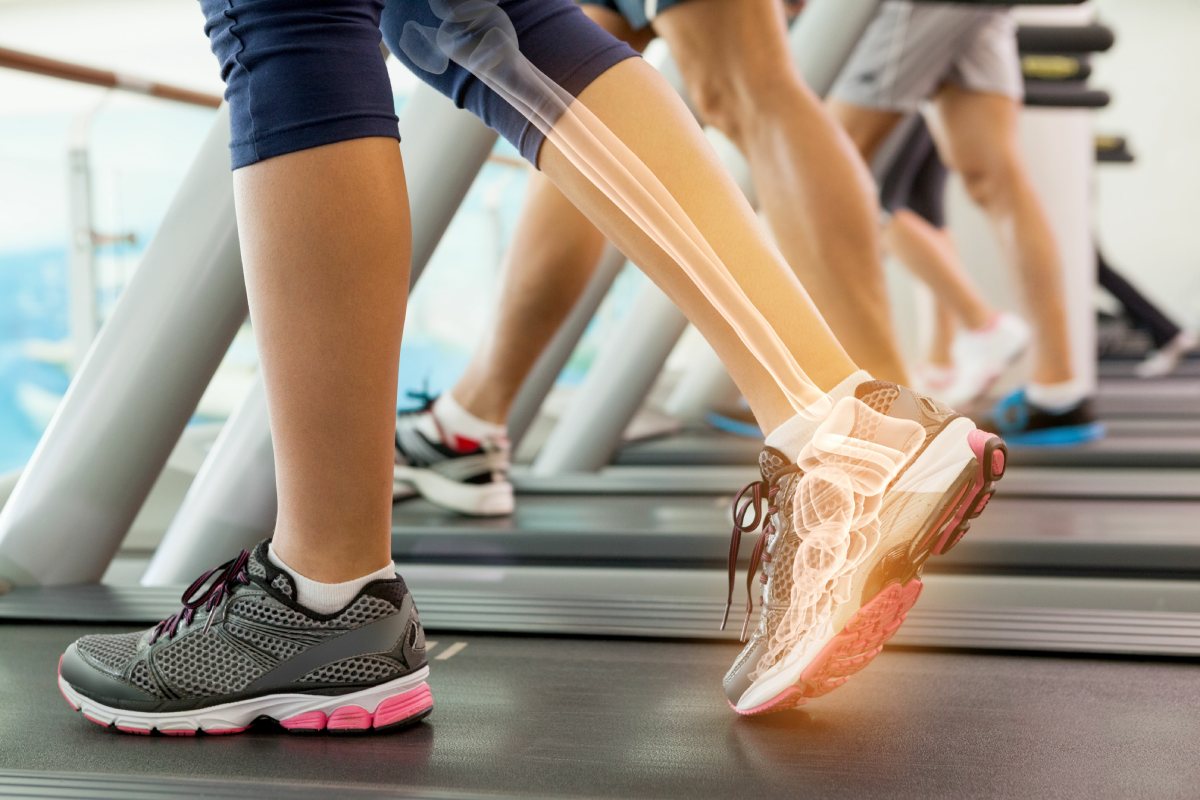Table of Contents
Recovery from an ankle arthroscopy typically takes 2 to 6 weeks for mild cases, while full recovery for more complex procedures may take several months.
Understanding Ankle Arthroscopy
Ankle arthroscopy is a minimally invasive surgical procedure used to diagnose and treat various ankle joint problems. Through small incisions, a surgeon inserts a camera and specialized tools to address issues such as bone spurs, cartilage damage, or ligament injuries. This procedure is commonly performed in specialized surgical centers or through a certified arthroscopy factory that supplies high-precision medical instruments.
Common Reasons for Ankle Arthroscopy
Removal of bone spurs
Debridement of damaged cartilage
Treatment of synovitis or scar tissue
Repair of torn ligaments
Evaluation of chronic ankle pain
What to Expect During Recovery
Recovery after ankle arthroscopy varies based on the individual, the complexity of the procedure, and the patient’s adherence to rehabilitation protocols.
Phase 1: Immediate Post-Surgery (Week 1–2)
In the first two weeks following surgery, patients can expect:
Mild to moderate pain and swelling
Restricted weight-bearing on the operated ankle
Use of crutches or a walker as prescribed
Elevation and icing to reduce inflammation
Phase 2: Early Recovery (Week 3–6)
During this phase:
Gradual return to light weight-bearing
Start of physical therapy to restore mobility
Reduction in pain and swelling
Use of supportive footwear or braces
This stage is crucial for preventing stiffness and promoting healing. Many arthroscopy experts emphasize the importance of consistent therapy.
Long-Term Recovery Timeline
Week 6 to 12: Return to Moderate Activity
By six weeks, many patients regain much of their mobility. However, activities like jogging, sports, or heavy labor may still be restricted. Physical therapy will focus on:
Strengthening exercises
Balance training
Range-of-motion enhancement
If surgical intervention was extensive, this phase may extend up to 12 weeks.
After 3 Months: Full Recovery for Most Patients
Most individuals recover fully within three to six months. However, athletes or those undergoing complex repairs may need additional time. Consultation with a specialist from an arthroscopy factory or surgical provider can help optimize healing.
Factors That Affect Recovery Time
Several factors can influence the duration and success of recovery:
Type of Procedure Performed
Simple debridement requires less healing time than ligament reconstruction or cartilage repair.
Patient's Overall Health
Pre-existing conditions such as diabetes, obesity, or smoking can delay healing.
Quality of Surgical Tools
High-quality instruments sourced from a certified arthroscopy factory can improve surgical precision and reduce complications, indirectly affecting recovery speed.
Postoperative Care Compliance
Adherence to postoperative instructions and therapy schedules is critical for avoiding setbacks and achieving optimal outcomes.
Tips to Speed Up Recovery After Ankle Arthroscopy
Follow all postoperative care instructions
Attend all physical therapy sessions
Keep the surgical site clean and dry
Avoid high-impact activities until cleared by a doctor
Maintain a healthy diet to support tissue repair
When to Seek Medical Attention
While most patients recover without complications, you should contact your surgeon if you experience:
Persistent or severe pain
Excessive swelling
Signs of infection (redness, heat, discharge)
Numbness or tingling in the foot
Timely intervention can prevent complications and protect the success of the arthroscopy procedure.
Final Thoughts
Ankle arthroscopy offers a reliable solution for various joint conditions, and recovery can be relatively quick with proper care. The use of advanced instruments from a reputable arthroscopy factory supports minimally invasive methods and smoother rehabilitation. Patients are encouraged to follow medical guidance closely and allow time for their bodies to heal fully before resuming high-impact activities.
Copyright © 2025.Geekvalue All rights reserved.Technical Support:TiaoQingCMS